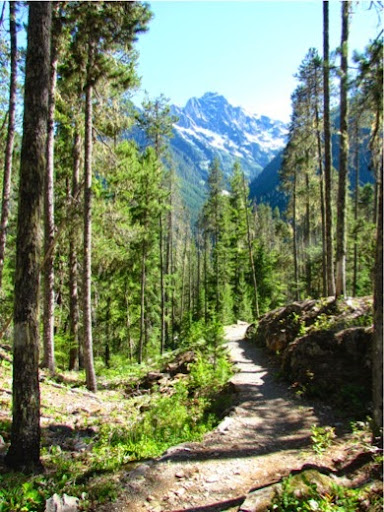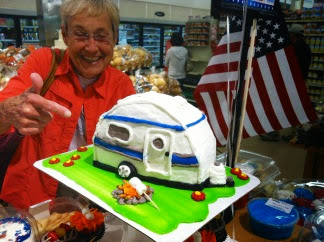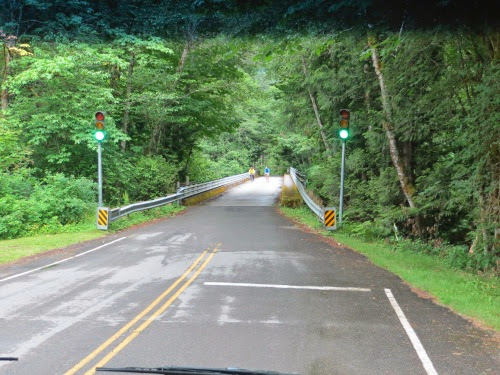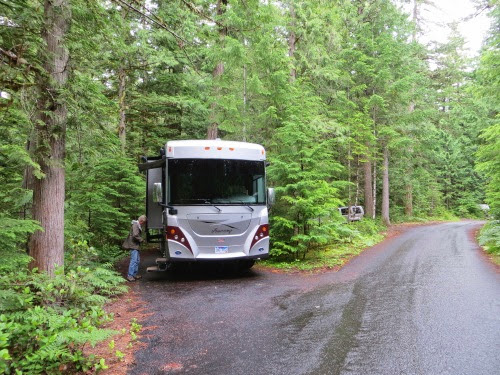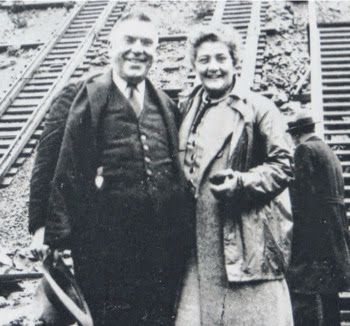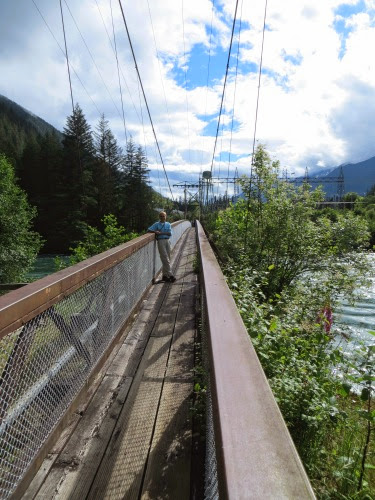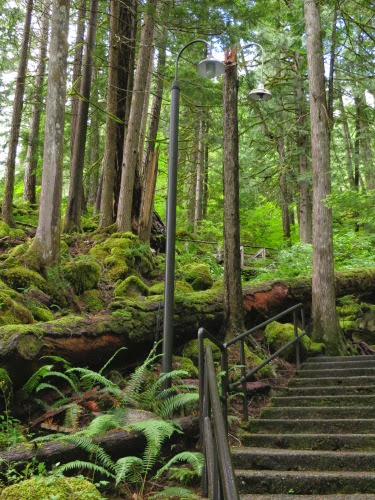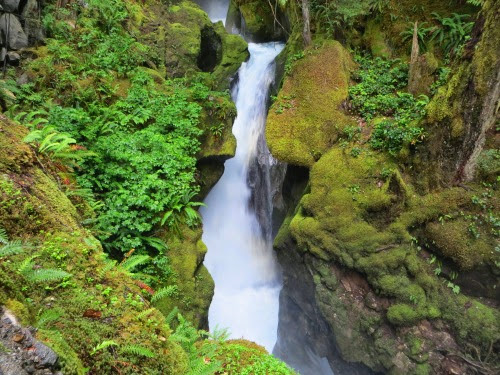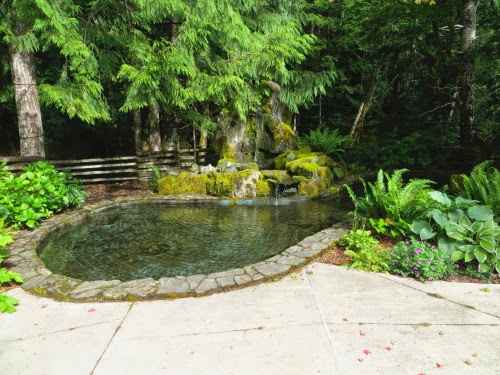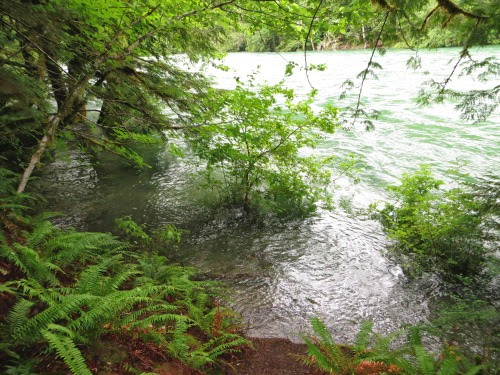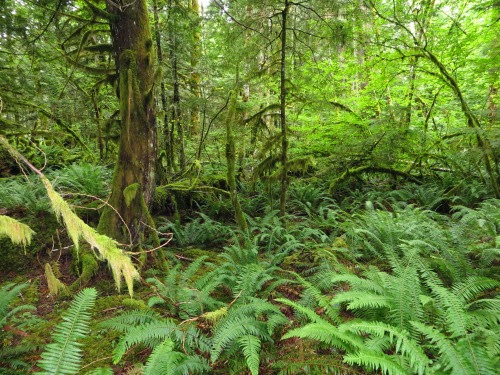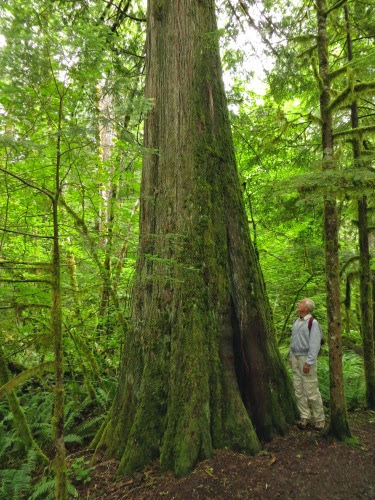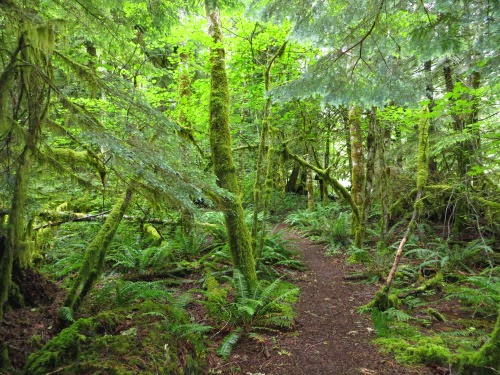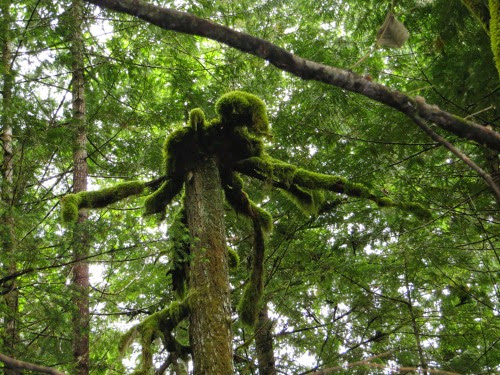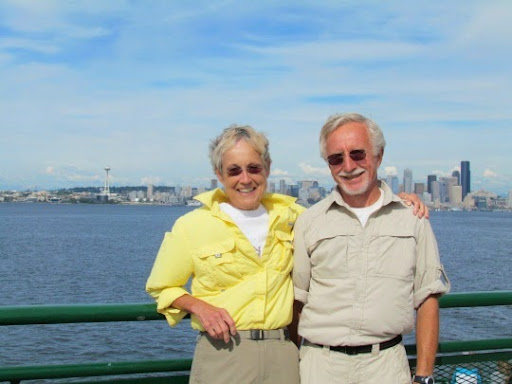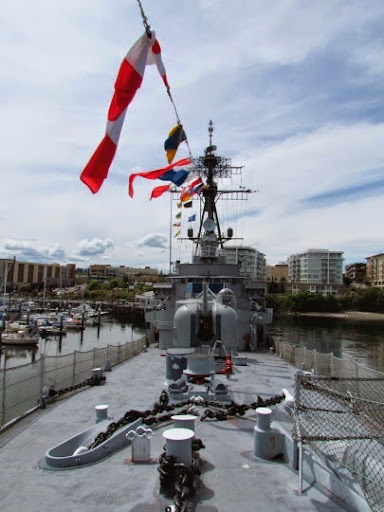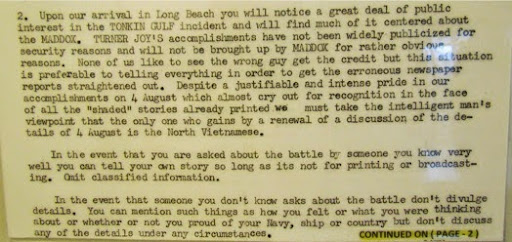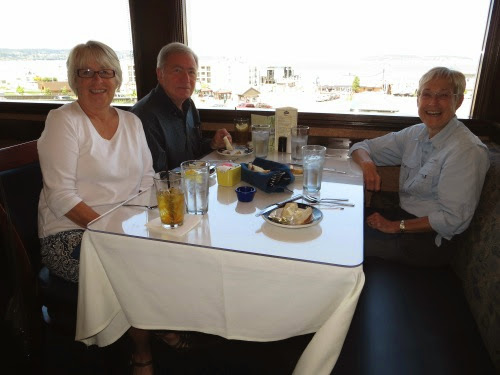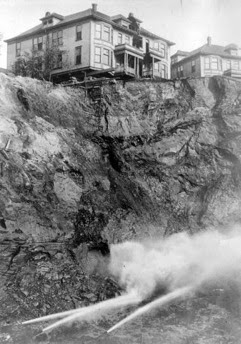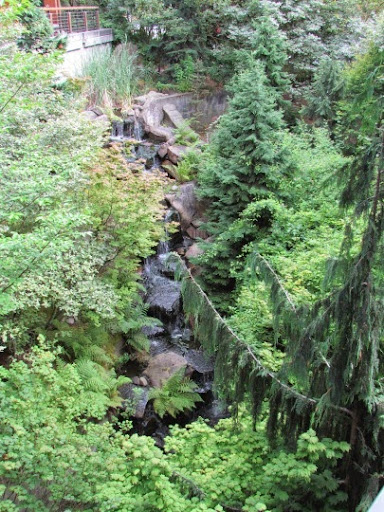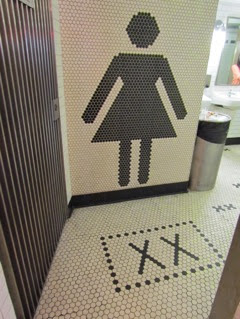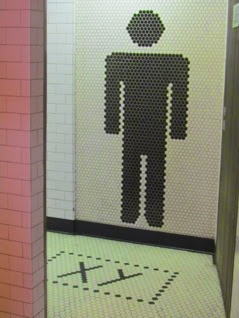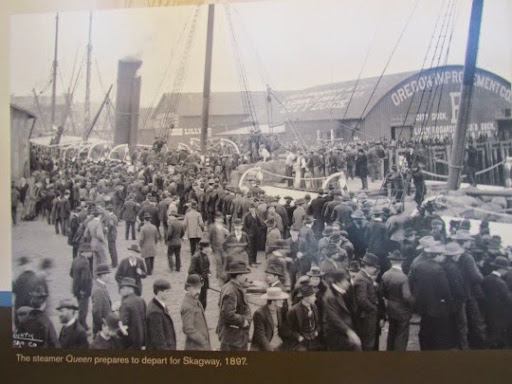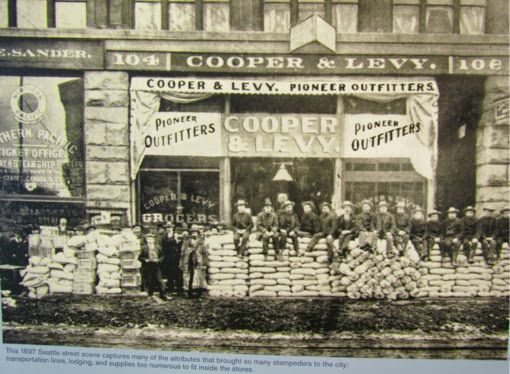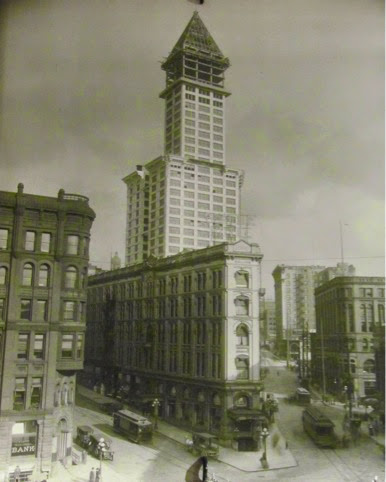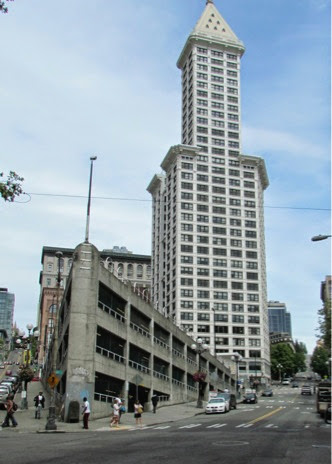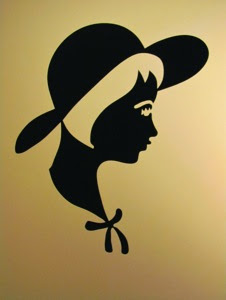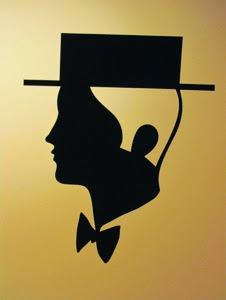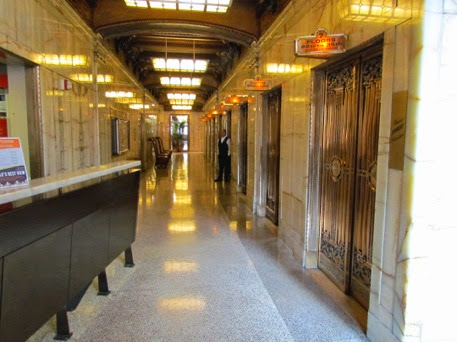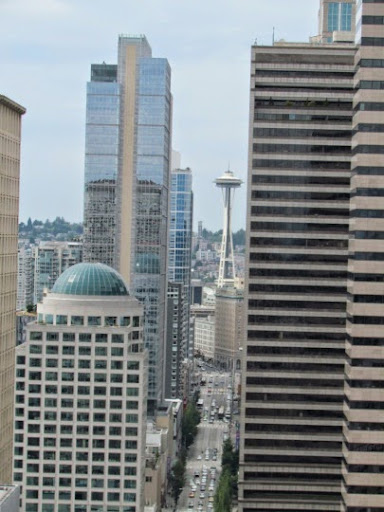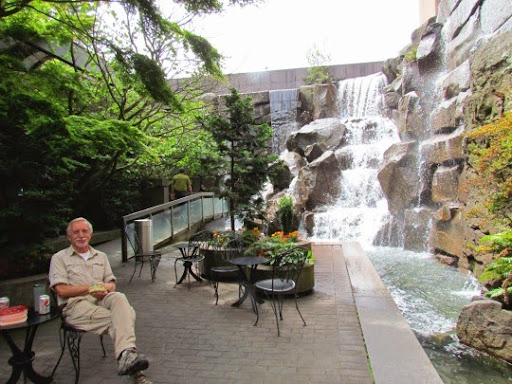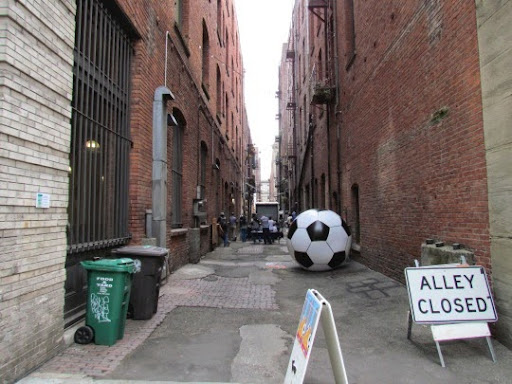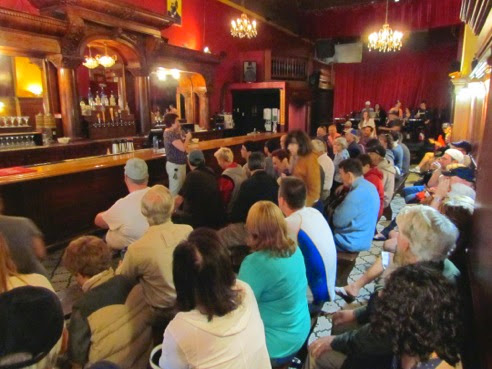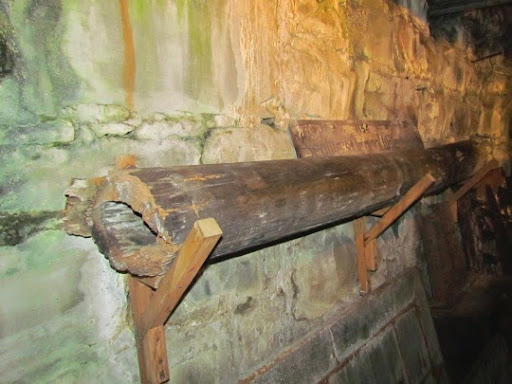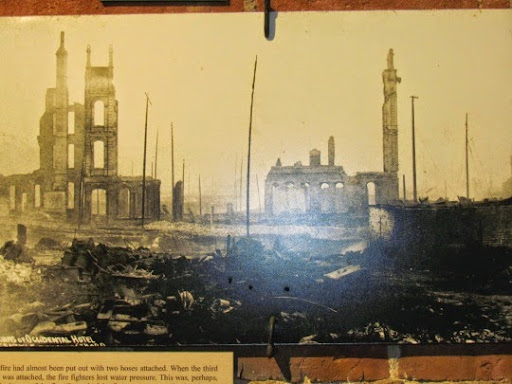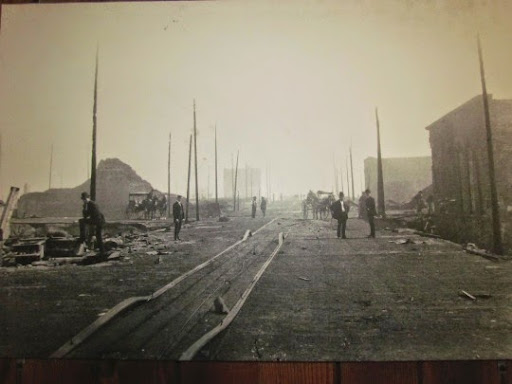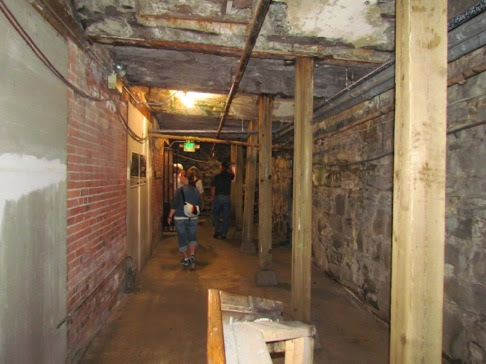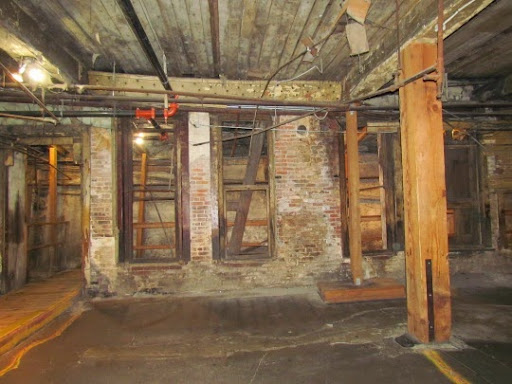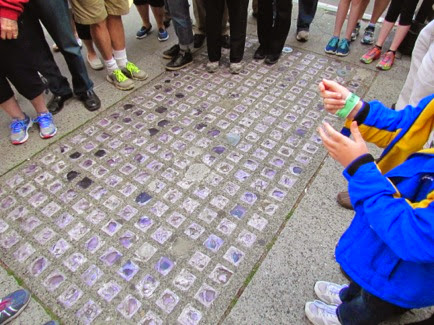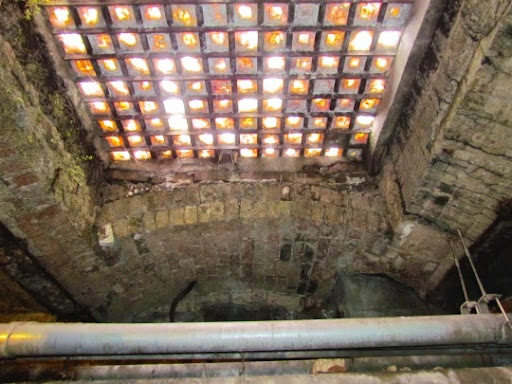It’s going to rain all day today so it’s the perfect time to tell you about James Delmage Ross. Well, everyone called him JD, even his employees, so I will also. Born in 1872 to Scottish parents, he was fascinated with electricity and even flew a kite just like Ben Franklin. He graduated from college and taught for a few years but then gave this up to prospect in the Klondike. Dull stuff and probably not challenging enough for him so he then left for Seattle. Being self-taught in electricity, he found some jobs but, when Seattle decided to built a municipal electrical plant, he walked into the mayor’s office and asked to design and build the new plant.
Experience? None. Training? None. Schooling? Nope. But, when asked about these, he answered, ‘None but where will you find anybody that has?’ And, he was right, no one had these back at the turn of the century. 2 weeks later he returned with his blueprints and got the job. Interestingly, he was not chosen as the first superintendent but, when that guy resigned a year later, Ross was appointed to the position, which he held for almost the rest of his life.
His grand vision was to build 3 dams on the Skagit River to provide the electricity for Seattle. First he built the Gorge Dam. This is very near the road through the park and quite near our campground. We drove up to see the dam, the bridge and the falls nearby. On the way we stopped where the road goes through a narrow canyon to look at the Skagit River rushing along. It was difficult to see the actual water since it seemed to be all froth and rapids. Since it is so narrow and rocky here, it was really rushing by. A young couple who stopped when we did told that they had not seen it this full in the 17 years that they had lived in the area.
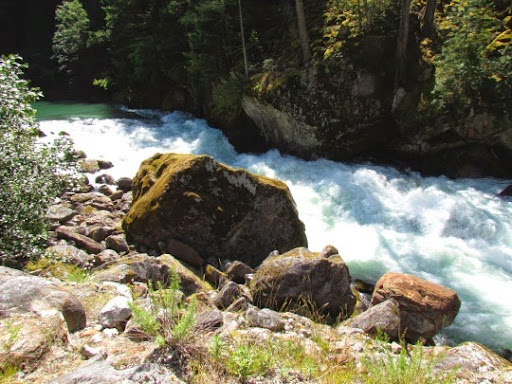
A bit up the road we stopped at a turnout and walked back over a bridge that spanned a deep canyon with a small creek at the bottom. Up the canyon we saw this marvelous waterfall.

Below the grated bridge walkway, we could see the creek. (I really do not like grated walkways. Although I try hard not to look down, my eyes seem drawn to the depths below.) Luckily, you can’t see my feet shaking in this picture.
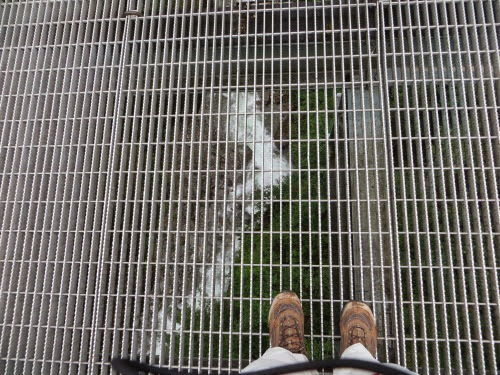
We also took a nice path around a bluff near the bridge that took up nearer the river. Beautiful views everywhere you looked.
Now, back to Gorge Dam. When it was finished in 1924, President Calvin Coolidge pressed the golden key and the generators began transmitting power 100 miles to Seattle. Next came the construction of Diablo Dam, further upstream. Interestingly, Ross, who ran a municipal utility, had to continually watch out for the private energy firms who were complaining that a municipal energy firm was nothing but Socialism. Their whining worked and Mayor Edwards fired Ross in 1931. Then, the voters, who rather liked the municipal utility and certainly didn’t see this as Socialism, had a special election and elected a new mayor, whose first task was to rehire Ross a few months later.
Ross had one simple goal: deliver electricity efficiently and cheaply to the citizens of Seattle. He believed that ‘anything was possible with electricity.’ To this end he planned two more dams on the Skagit, the Diablo Dam and the Ruby Dam. To popularize his projects he arranged tours of the dams and powerhouses.

He wanted people to see where their electricity was coming from and to enjoy the beauty of the North Cascades region. Here’s a tour schedule. He’s thought of everything: soft music to lull you to sleep and ‘Lazy Mary, Won’t You Get Up’ to wake you up.
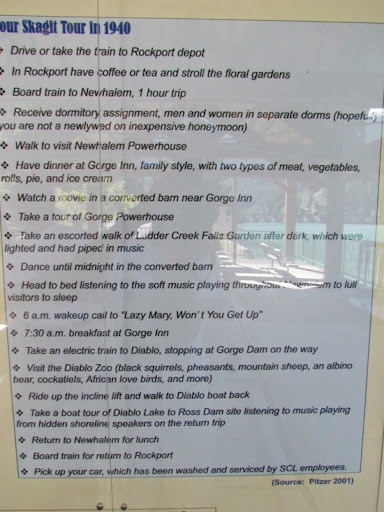
This is why he built 3 gardens in back of the Gorge powerhouse, the gardens that we visited yesterday. By the way these tours are still given today and the highlight is a long boat ride down Lake Diablo. The tours start - in 4 days, 2 days after we leave the area. Here I am at the tour dock waiting for a boat which will not come today.
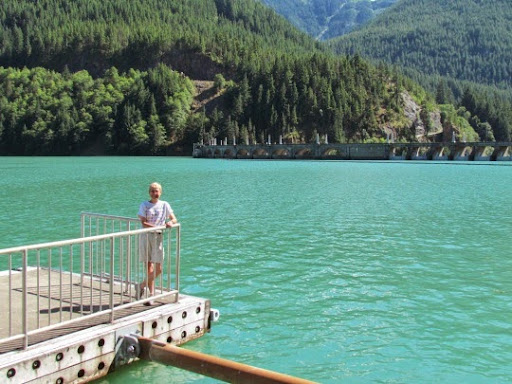
Unfortunately, as he was building the Ruby Dam, he checked into the Mayo clinic for an operation. All went well but, as he was talking with his wife afterwards, he suffered a massive stroke and died instantly.
The next year, the first phase of Ruby Creek dam was completed, and the dam was named Ross Dam in his honor.
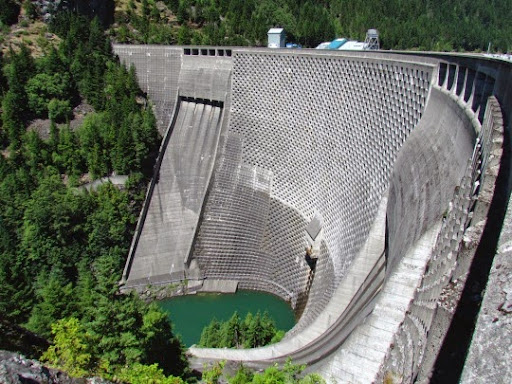
Ross Dam also had some decorative touches.
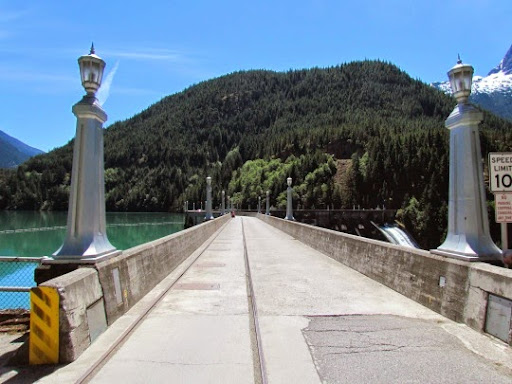
The new lake formed by the project was named Ross Lake. He was buried in a crypt in Newhalem, the crypt that we visited yesterday. His wife was buried with him and in front of the crypt is a small garden. But his heritage lives on in the dams that he built to provide electricity to Seattle. Hydro-electric, cheap and non-polluting.
We were able to tour the Diablo Dam area later and see the large incline railway built to get workers to work but later used to take tourists to the top of the hill near Diablo Dam so they could get a better view. This incline could go 558’ up Sourdough Mt. at a 70% grade. Here it is taking some workers to work up the hill.
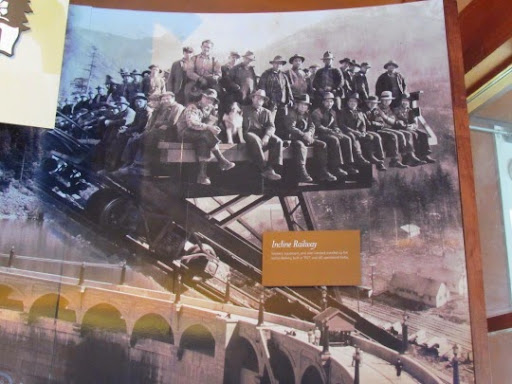
And here are the tourists dressed in their Sunday best, facing the camera and waving.
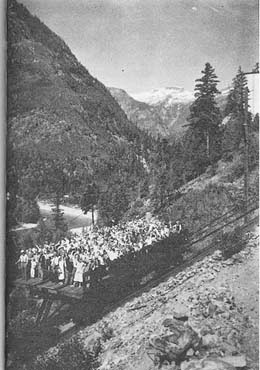
Ross thought big and his dams manifested that. The Diablo Dam itself was the tallest single-arch dam in the world. When it was built, the Diablo’s two main generators were the largest in the world when they were installed in the 1930’s.
Hmmm. A let up in the rain. Time to go hiking or at least take a walk. Even the walks around here are marvelous.
